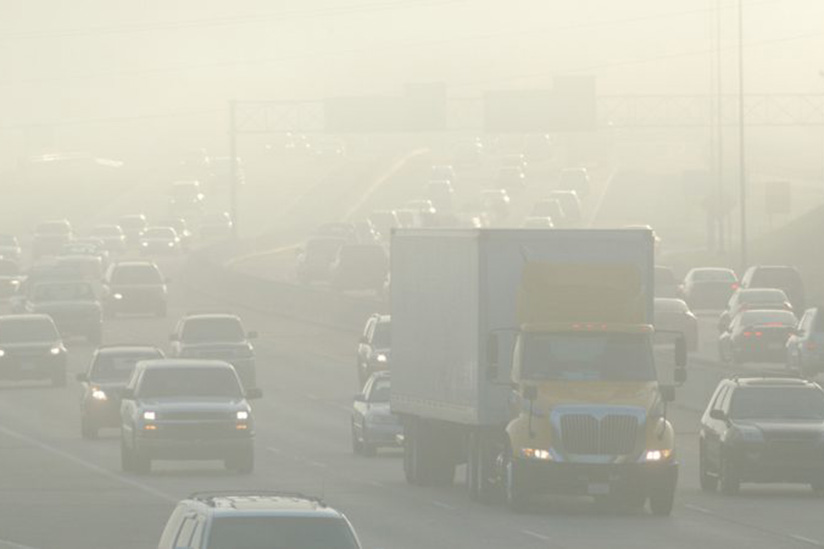New research from the Keck School of Medicine of USC shows that air pollution particles activate a cellular defense mechanism known as autophagy, which may reduce the ability of cells to fight off other harms.
The link between air pollution and lung disease has long been recognized. Now a new USC study reveals one biological process that may be behind that link — a discovery which could provide new insights on better ways to treat or prevent diseases related to pollution exposure.
“We know that diseases, especially lung diseases, can result from air pollution exposure. What we don’t know are the mechanisms by which that occurs,” said Edward Crandall, PhD, MD, professor of pathology, member of the Hastings Center for Pulmonary Research and director of the Will Rogers Institute Pulmonary Research Center at the Keck School of Medicine of USC.
In their research, Crandall and his team discovered a key step along the path between air pollution exposure and disease. Exposure to ambient nanoparticles, or very small pollutants in the air, limits the ability of cells to defend themselves against other potential harms. The findings were published in the journal Autophagy Reports.
Crandall, the study’s senior author, and his colleagues studied a cellular defense process known as autophagy, which cells use to destroy damaged or abnormal internal materials. For the first time, the researchers found that, when exposed to nanoparticles, autophagy activity in cells seems to reach an upper threshold.
“The implication of these studies is that autophagy is a defense mechanism that has an upper limit, beyond which it can’t defend the cell any further,” Crandall said.
